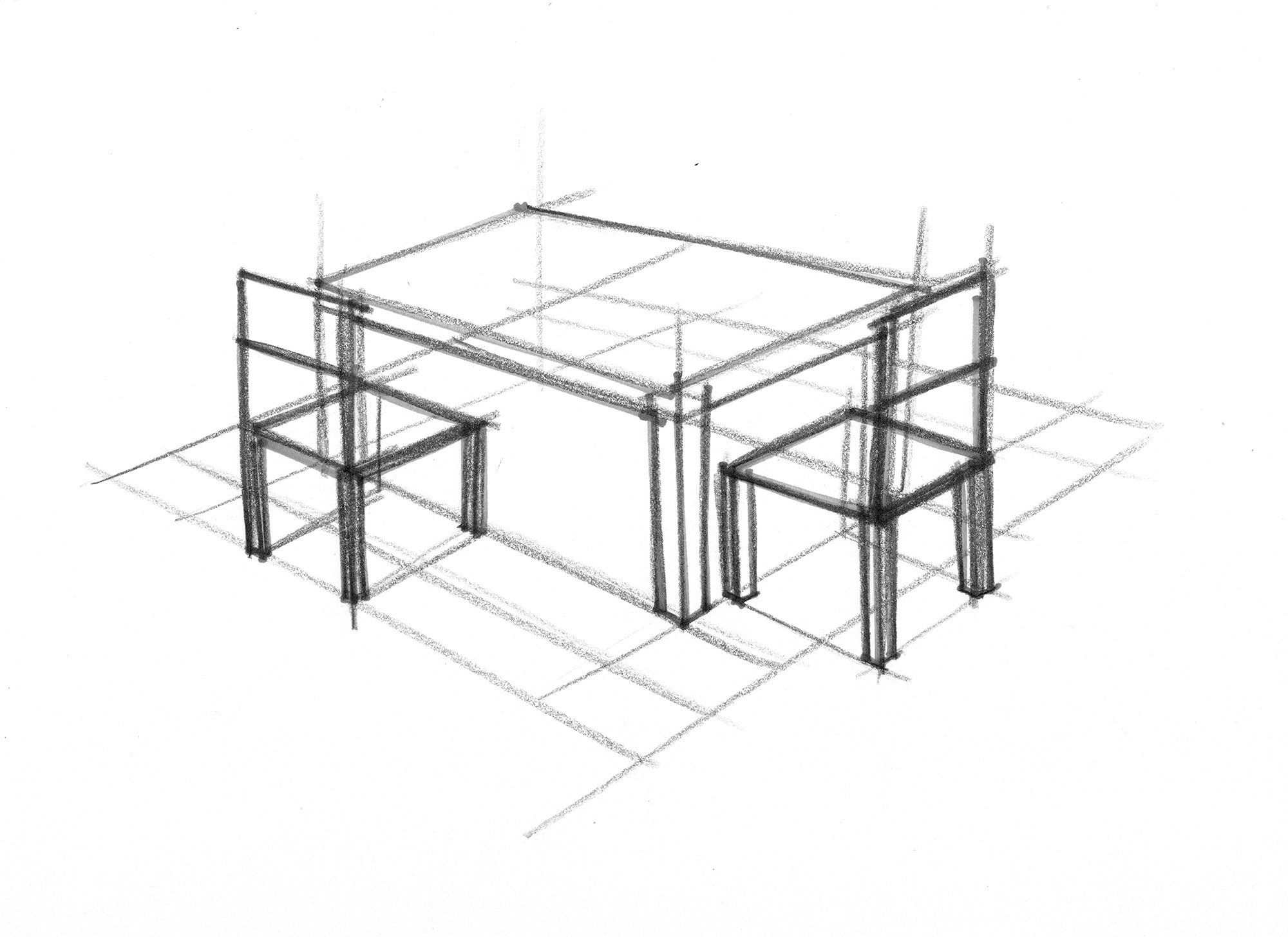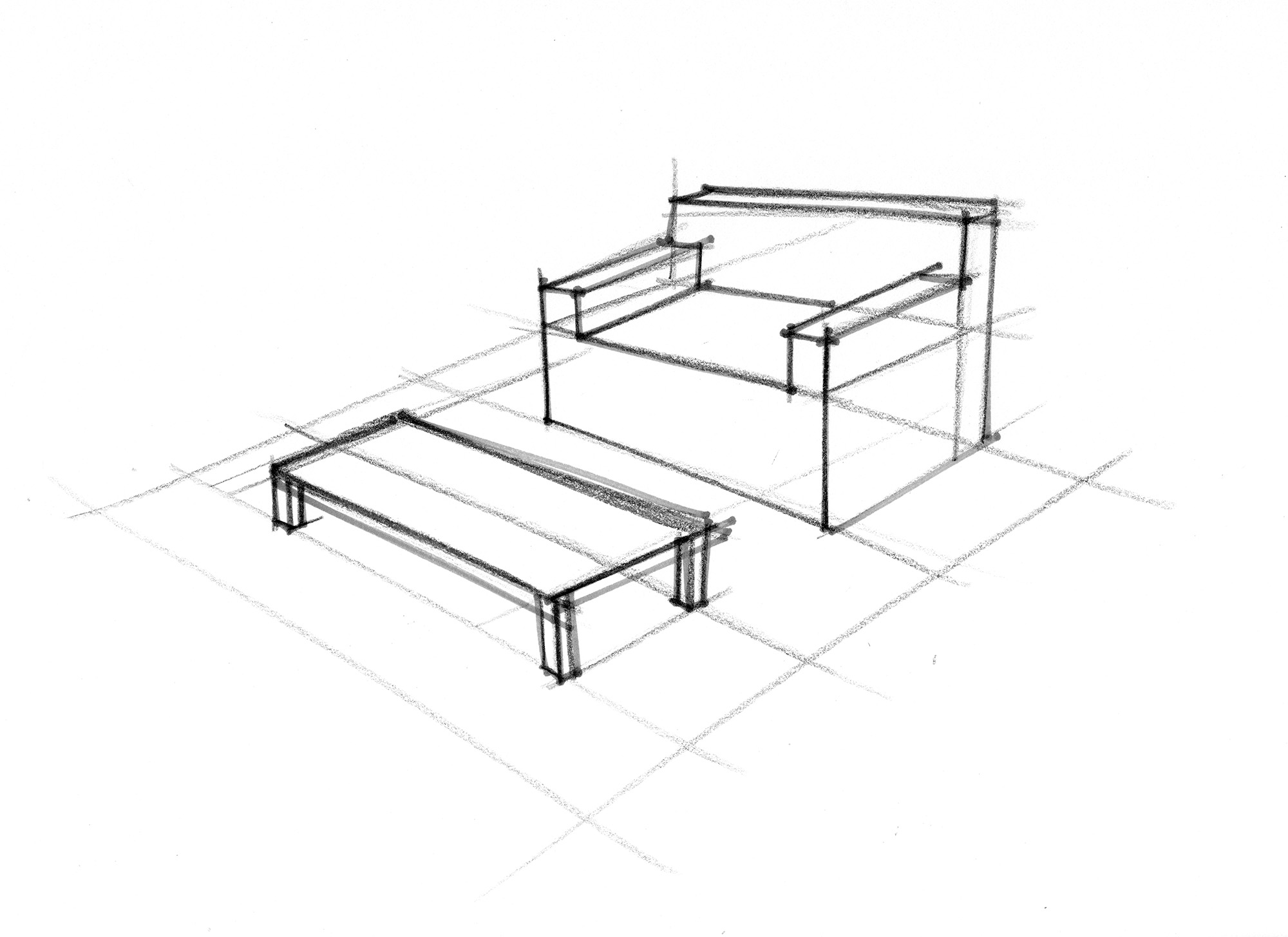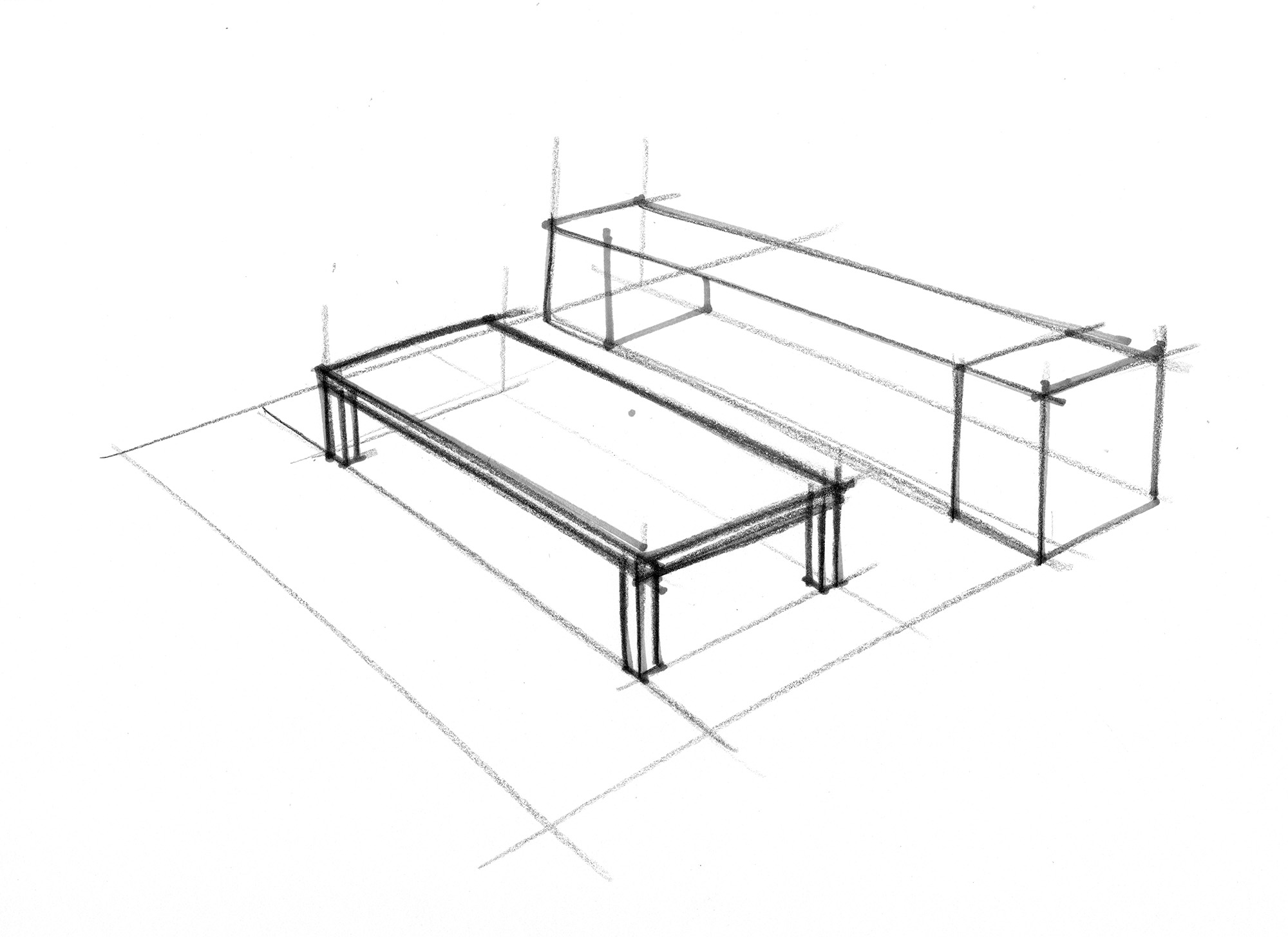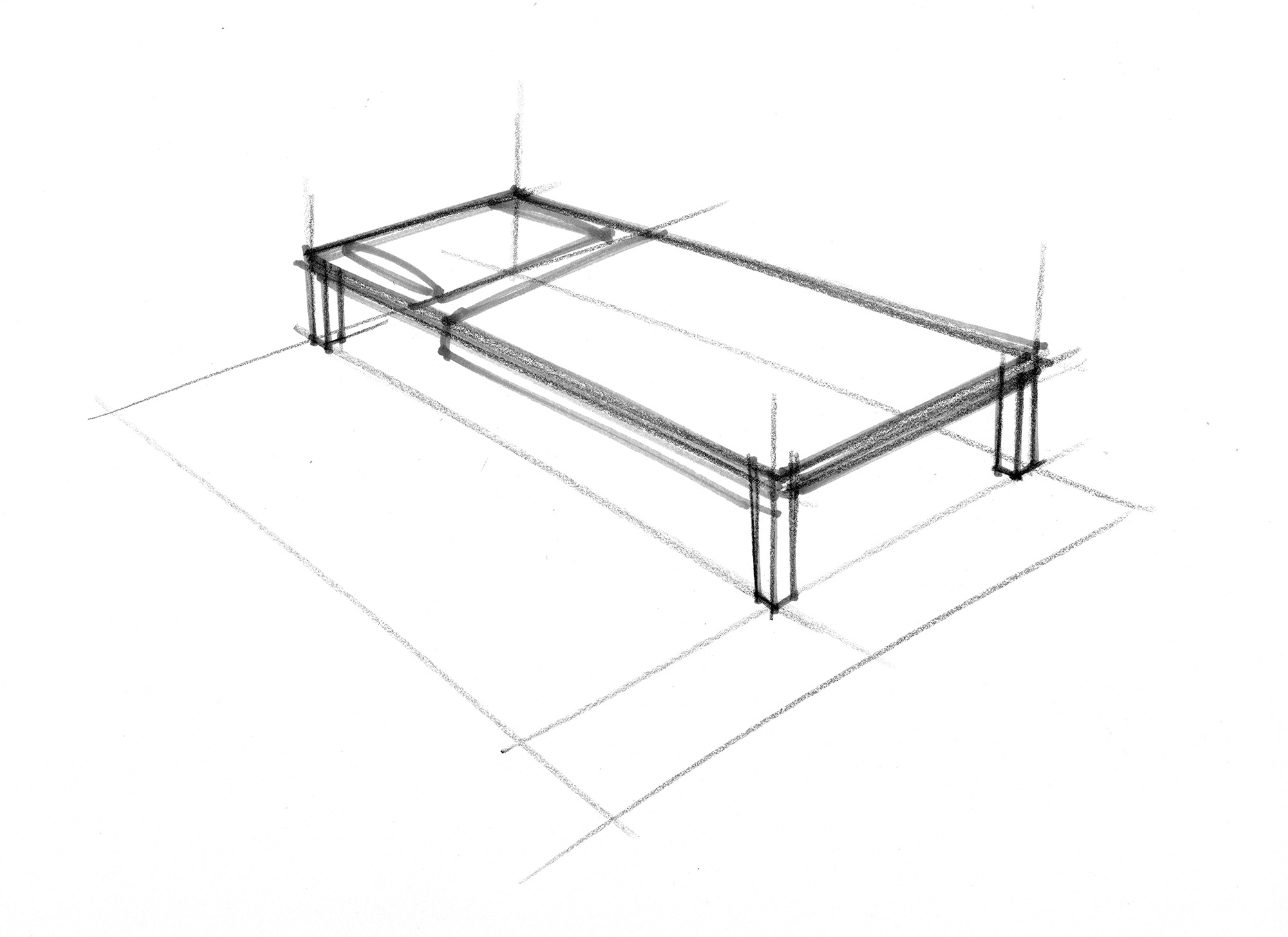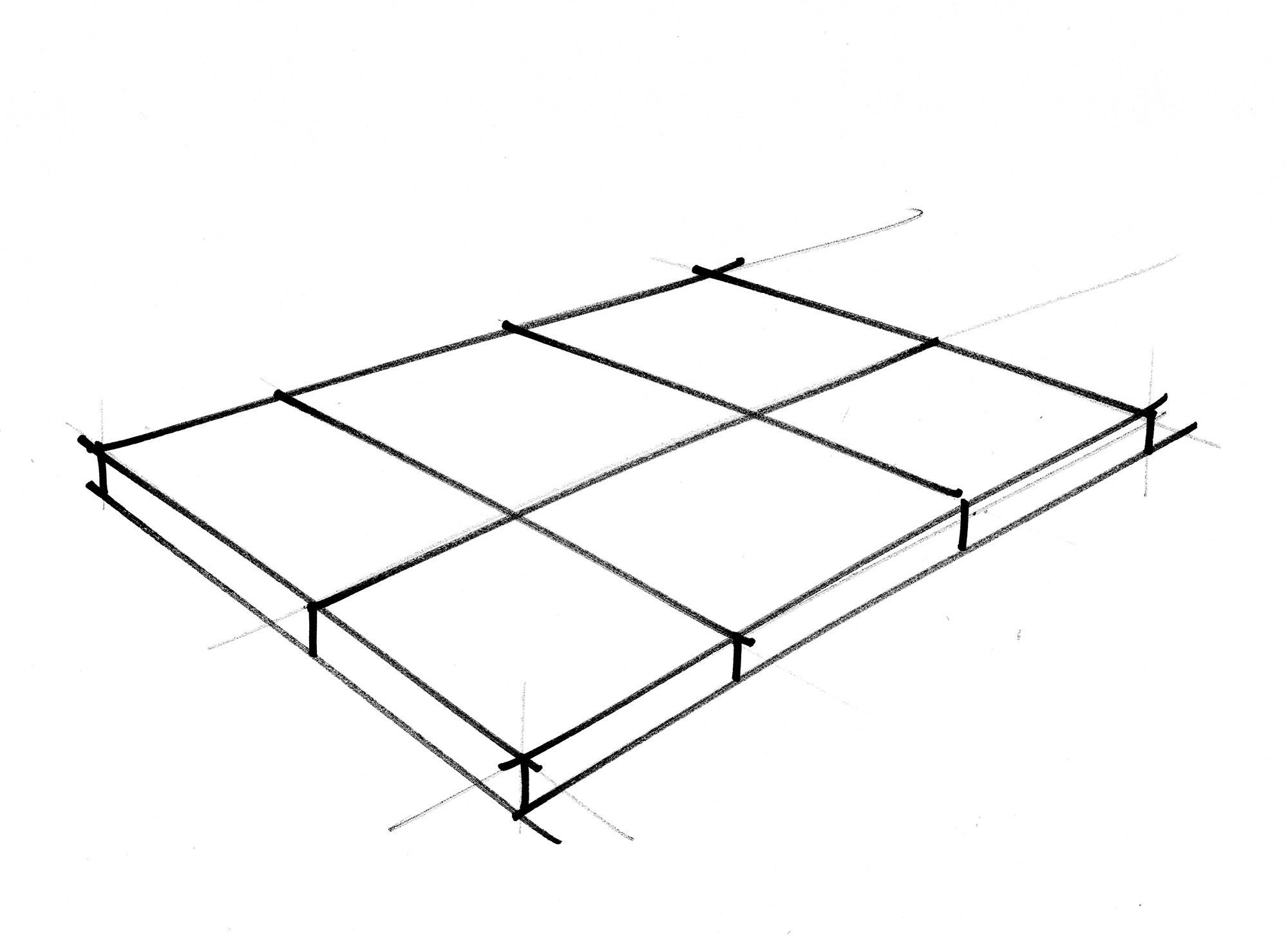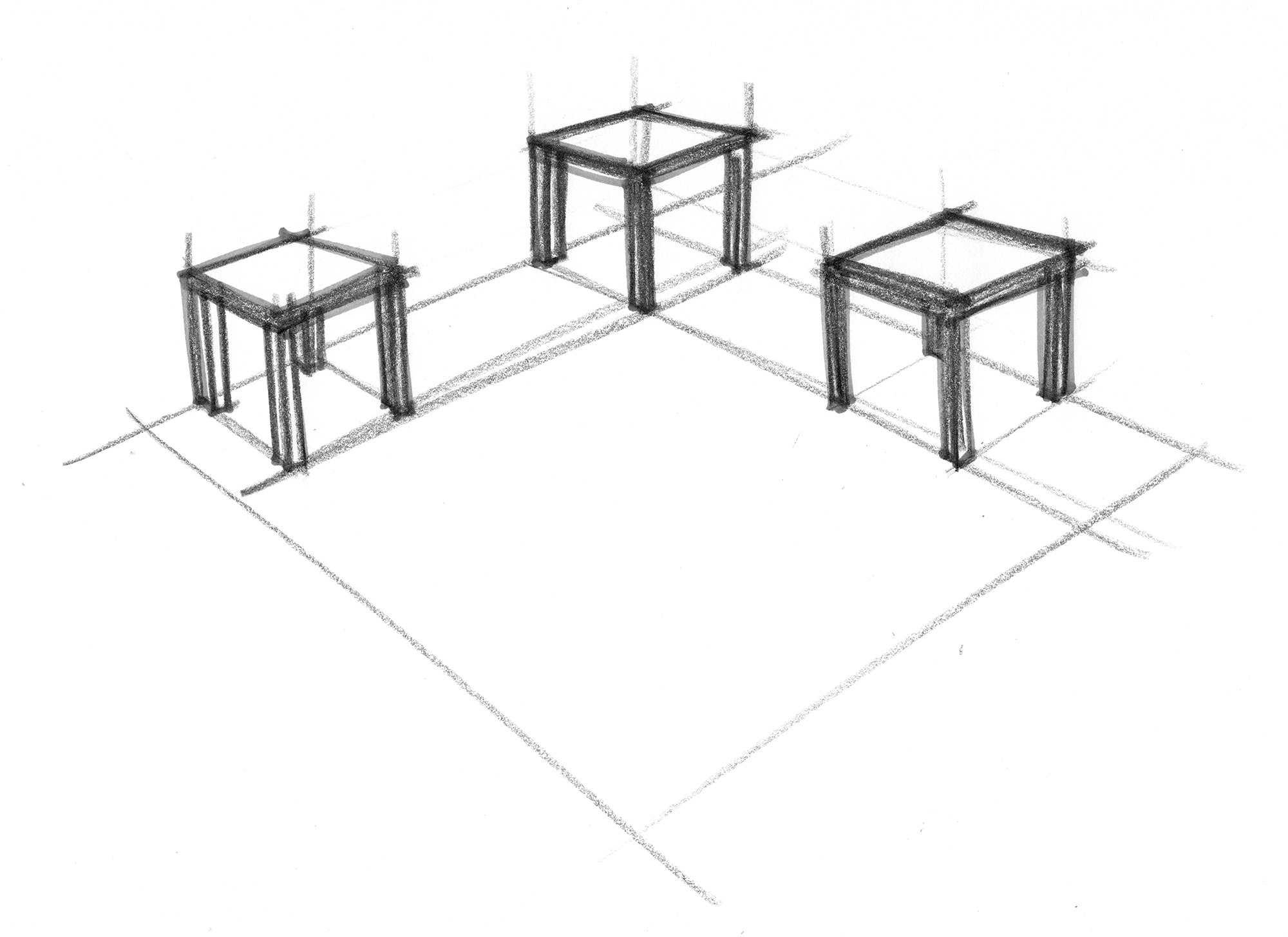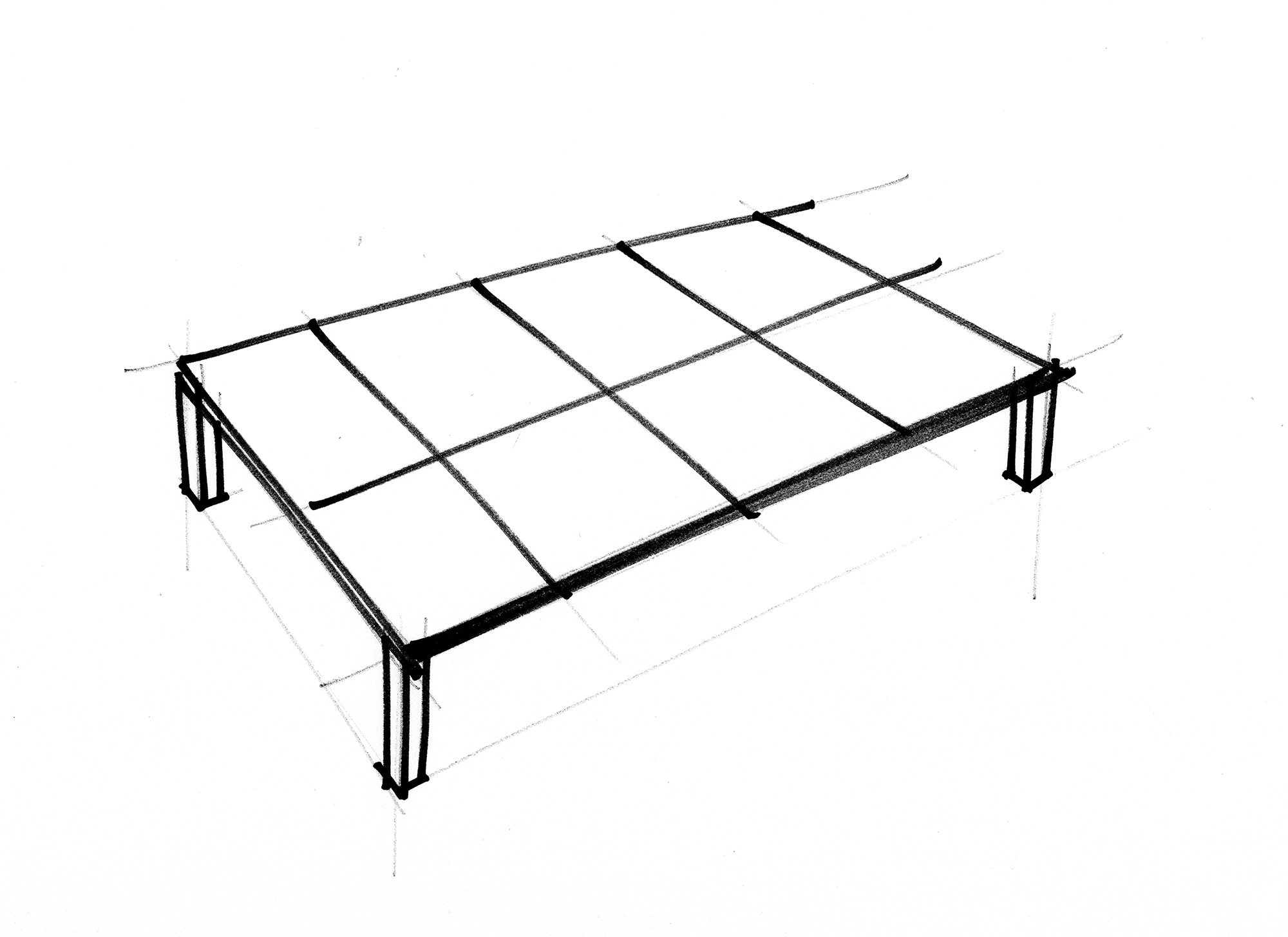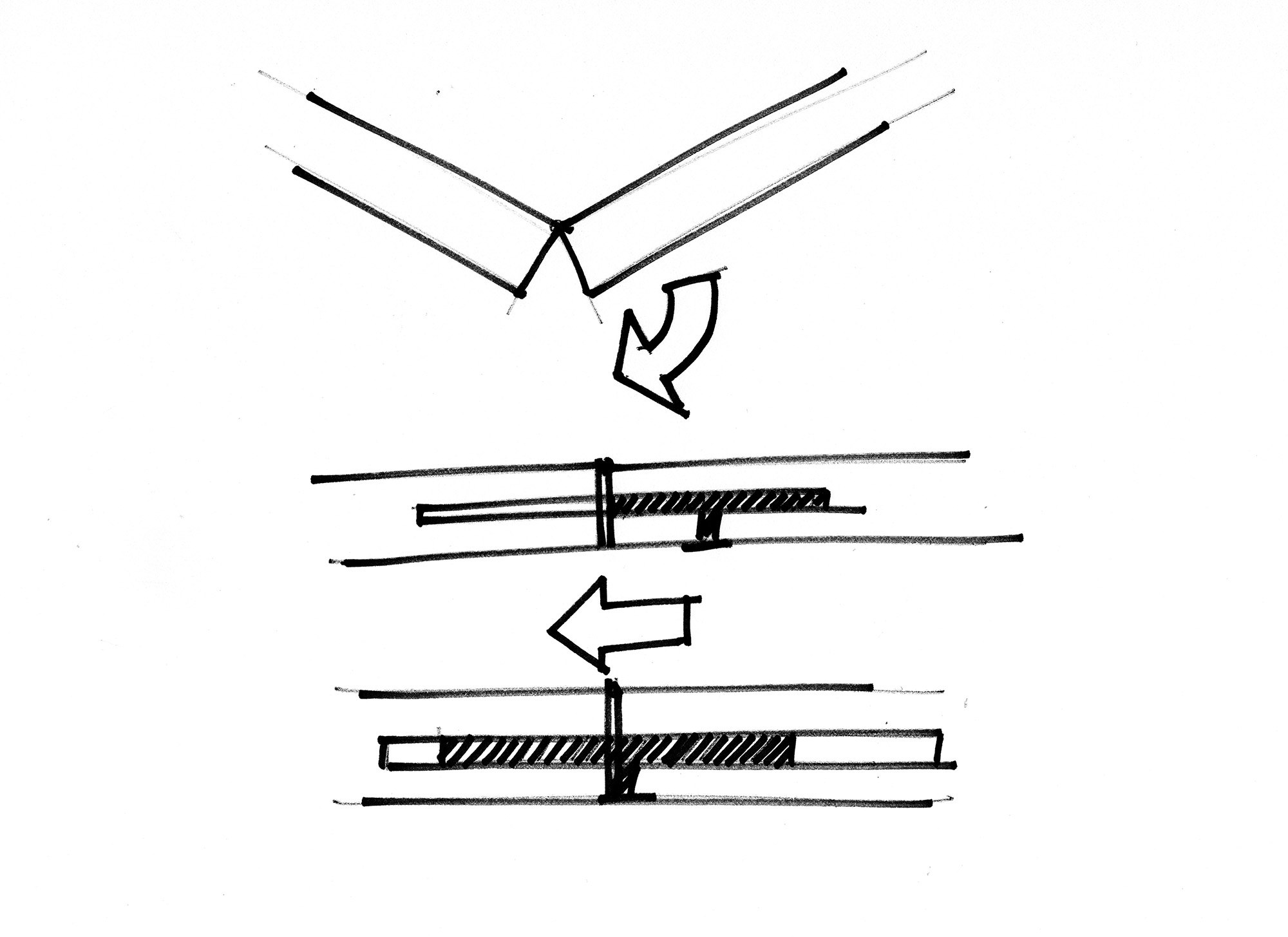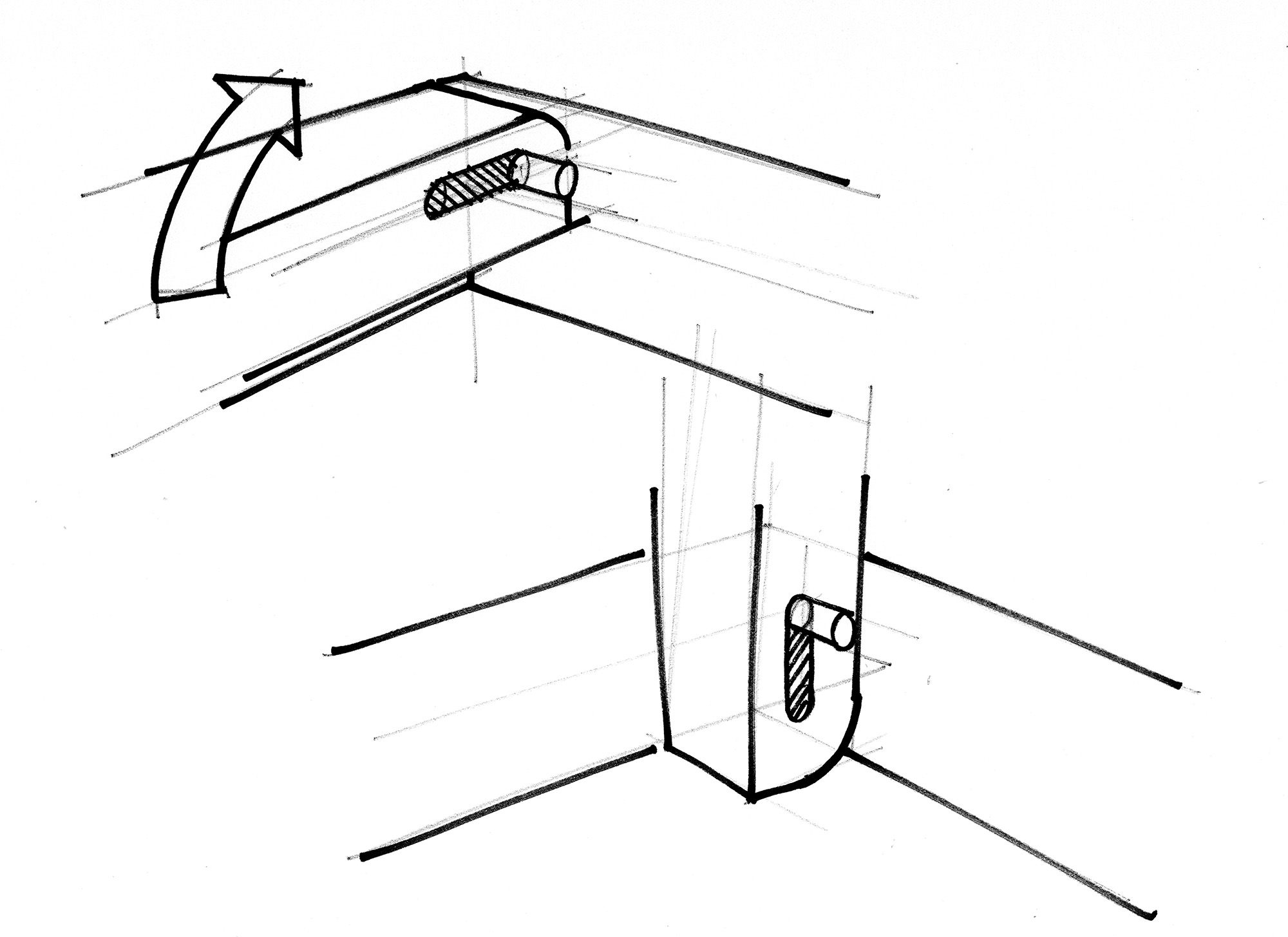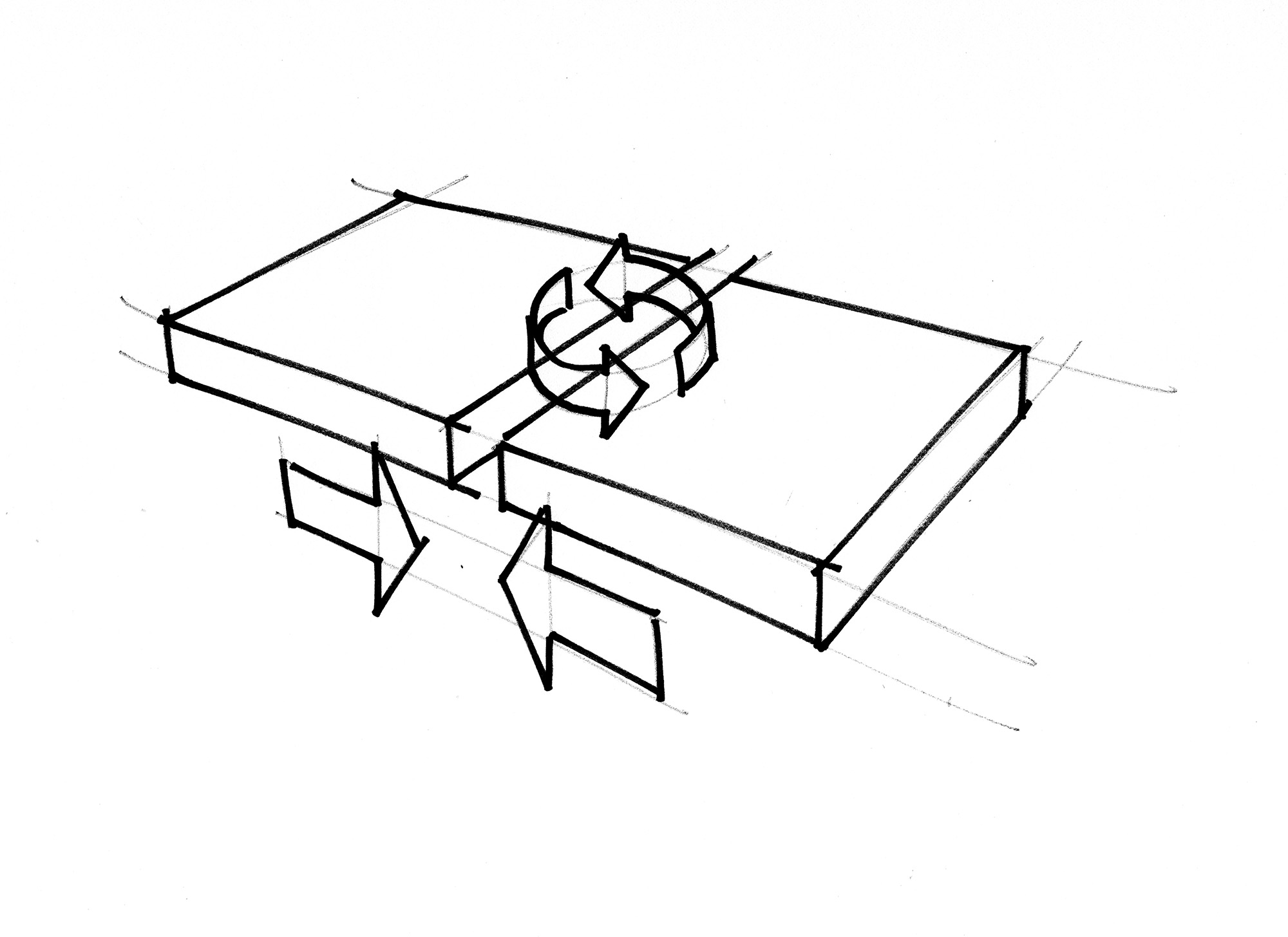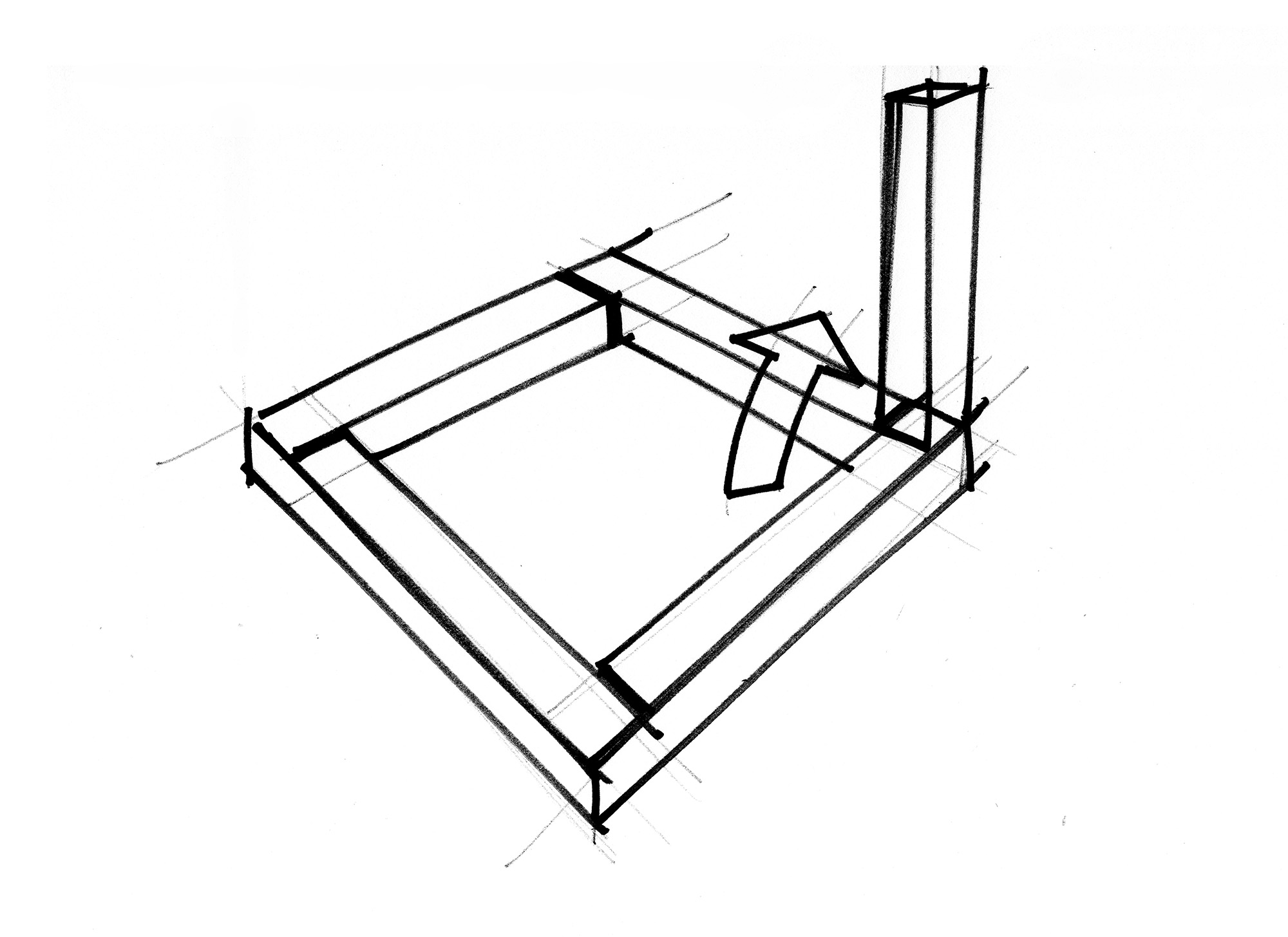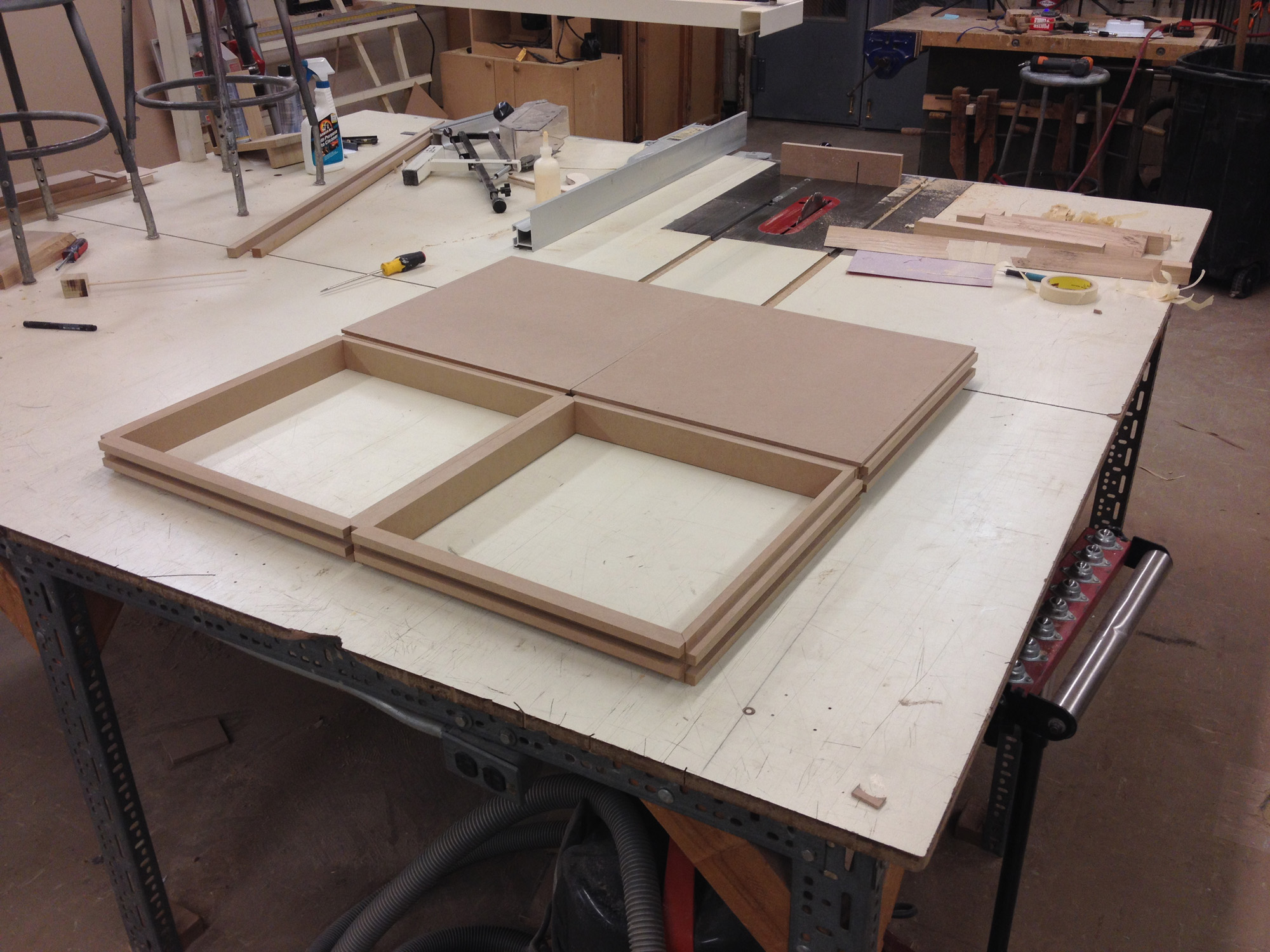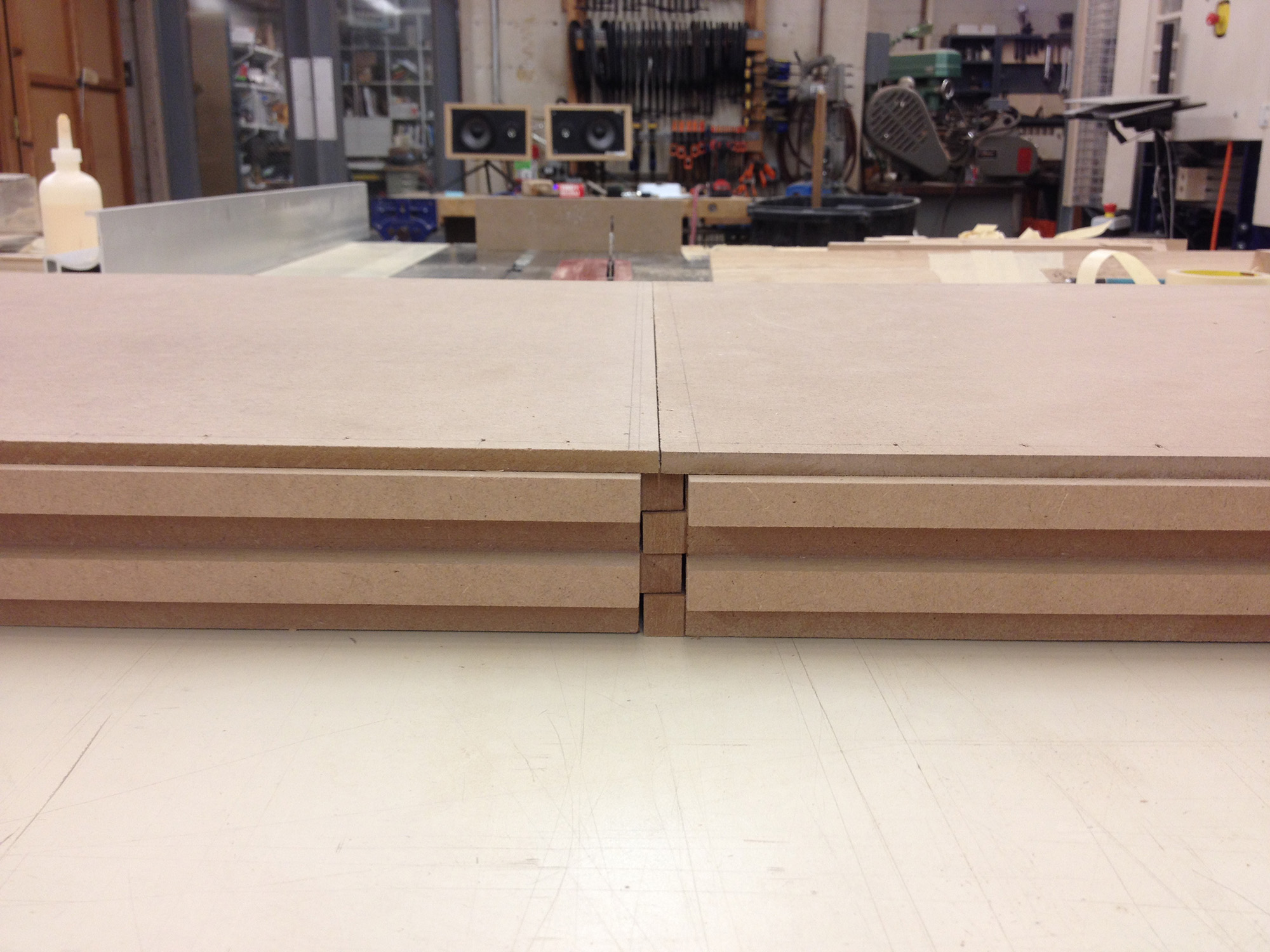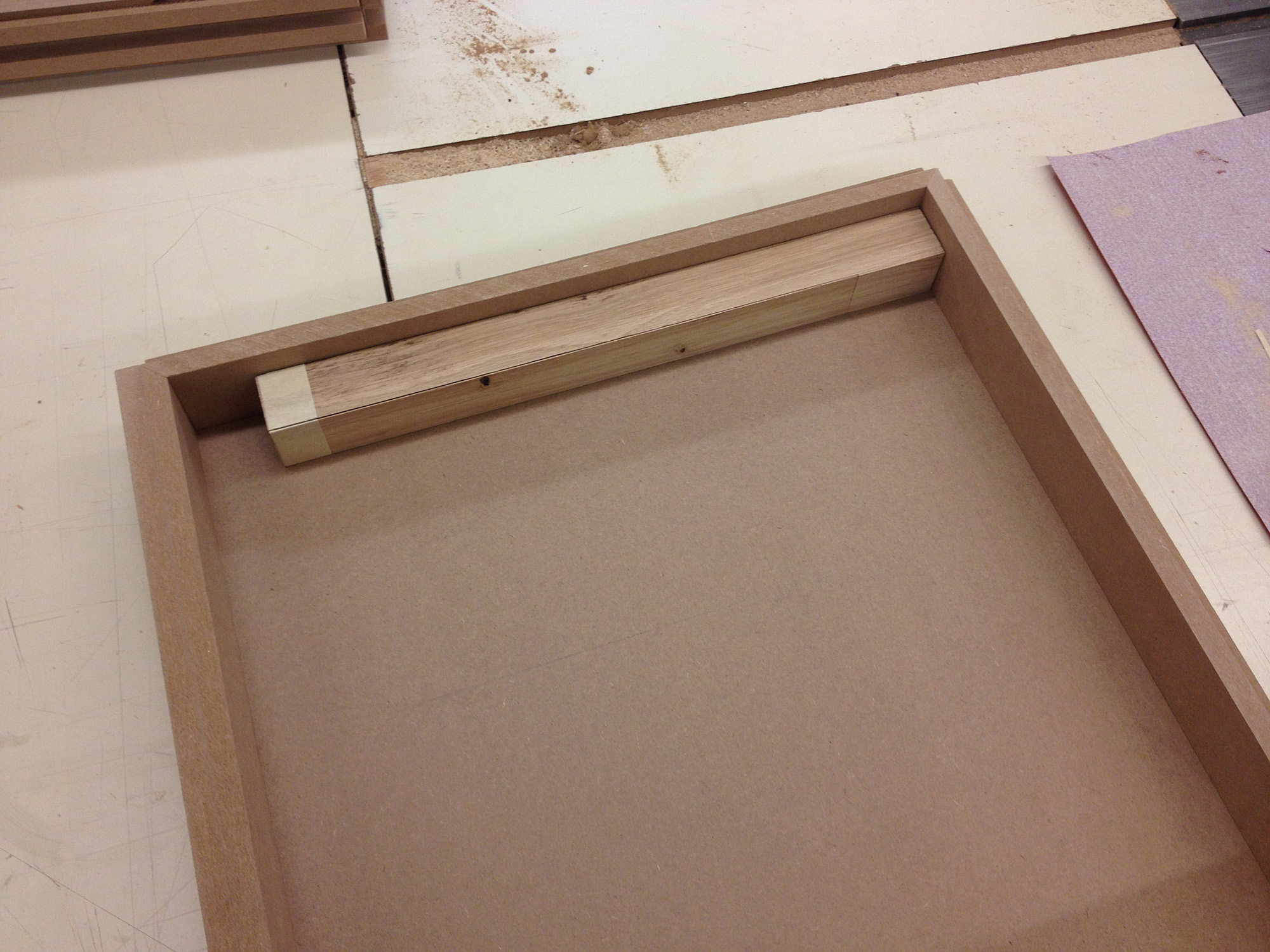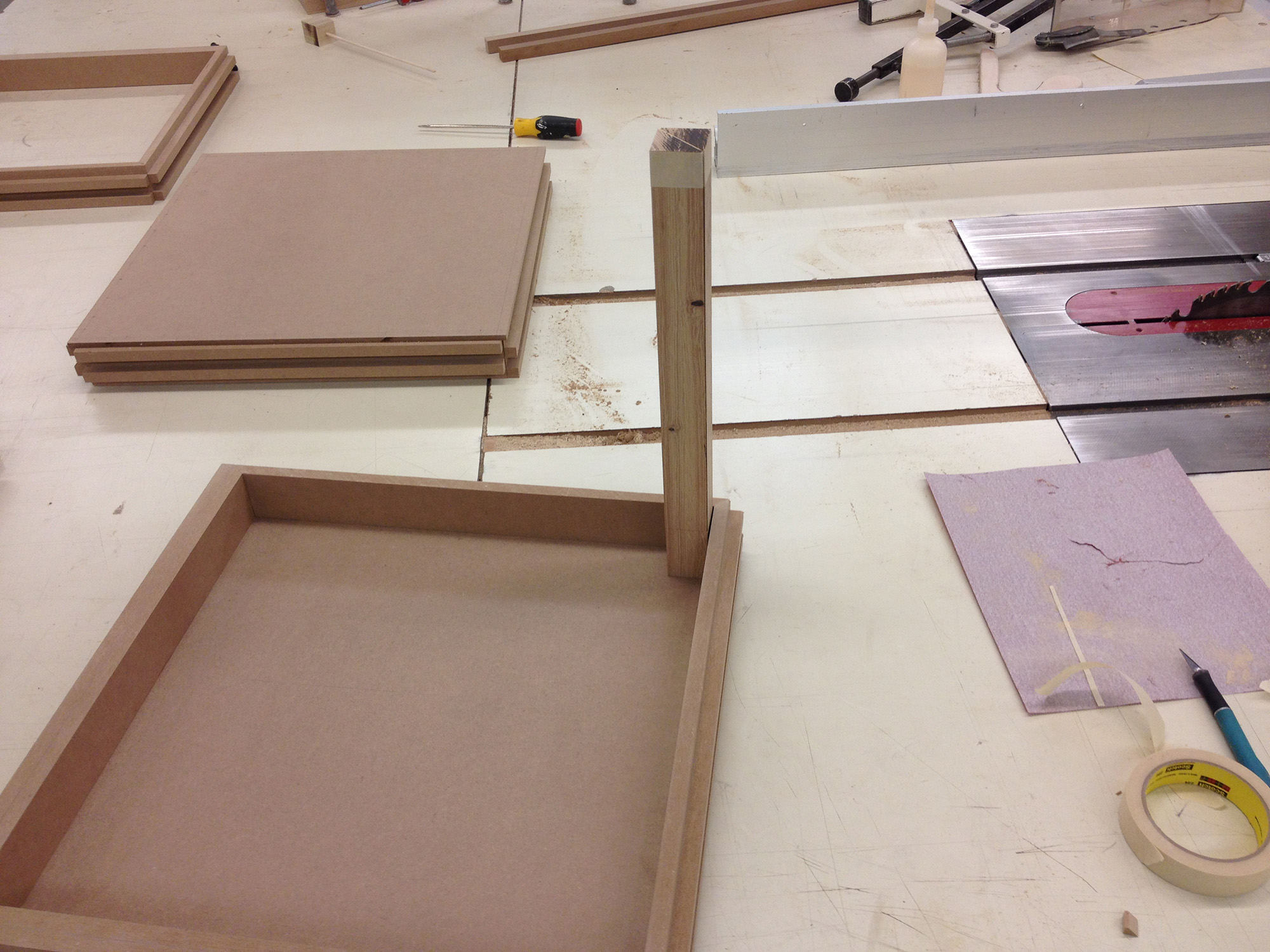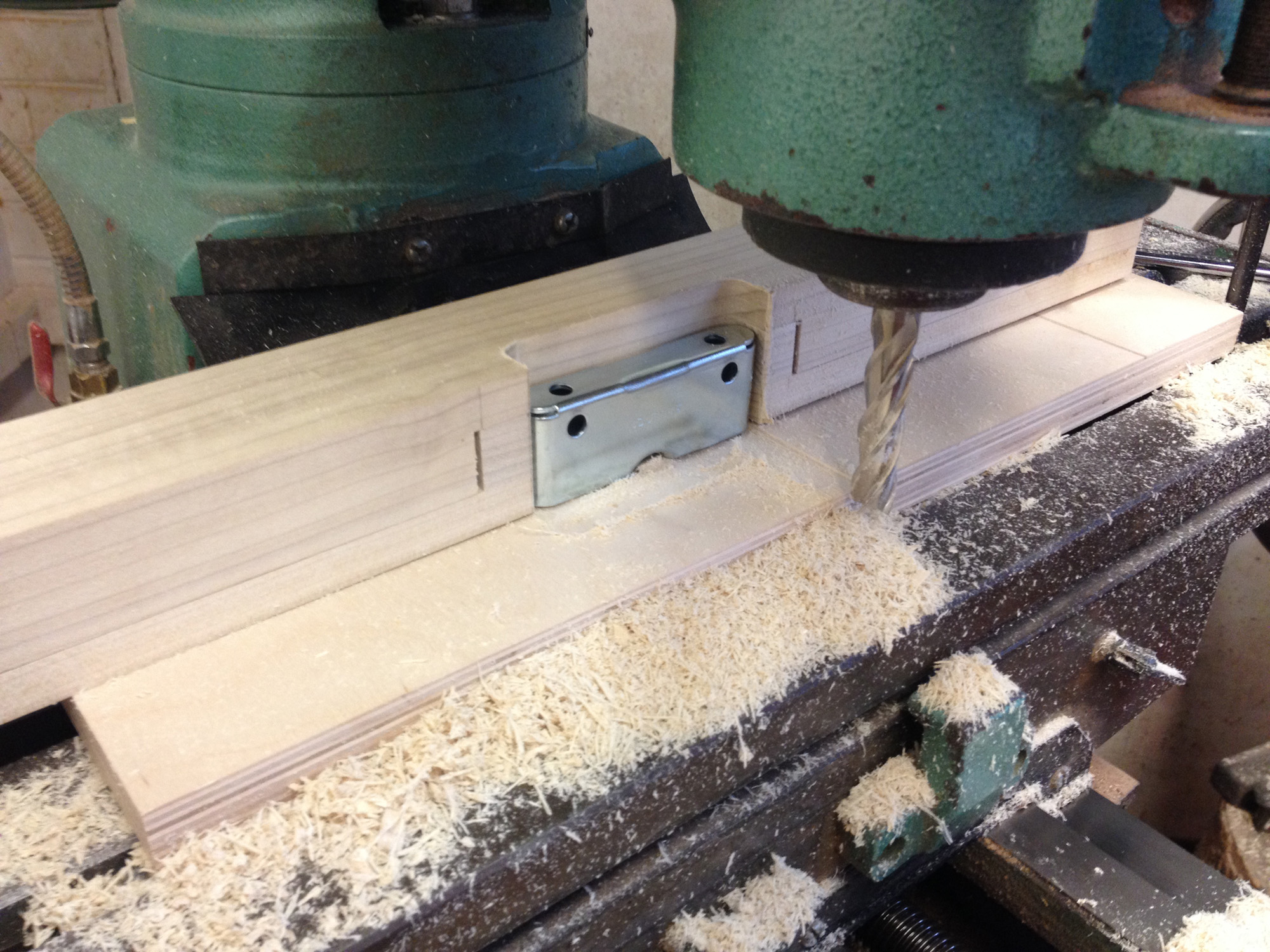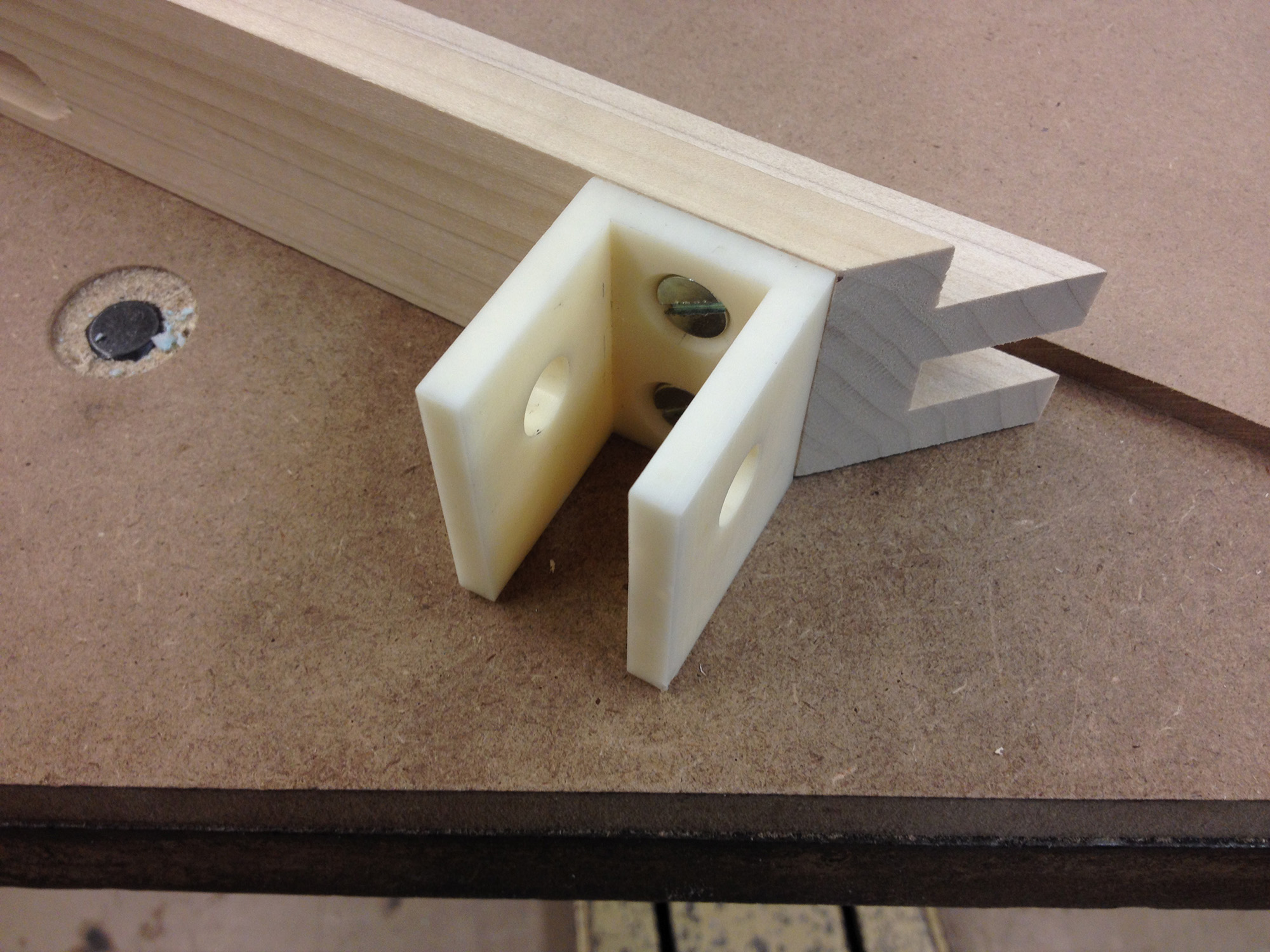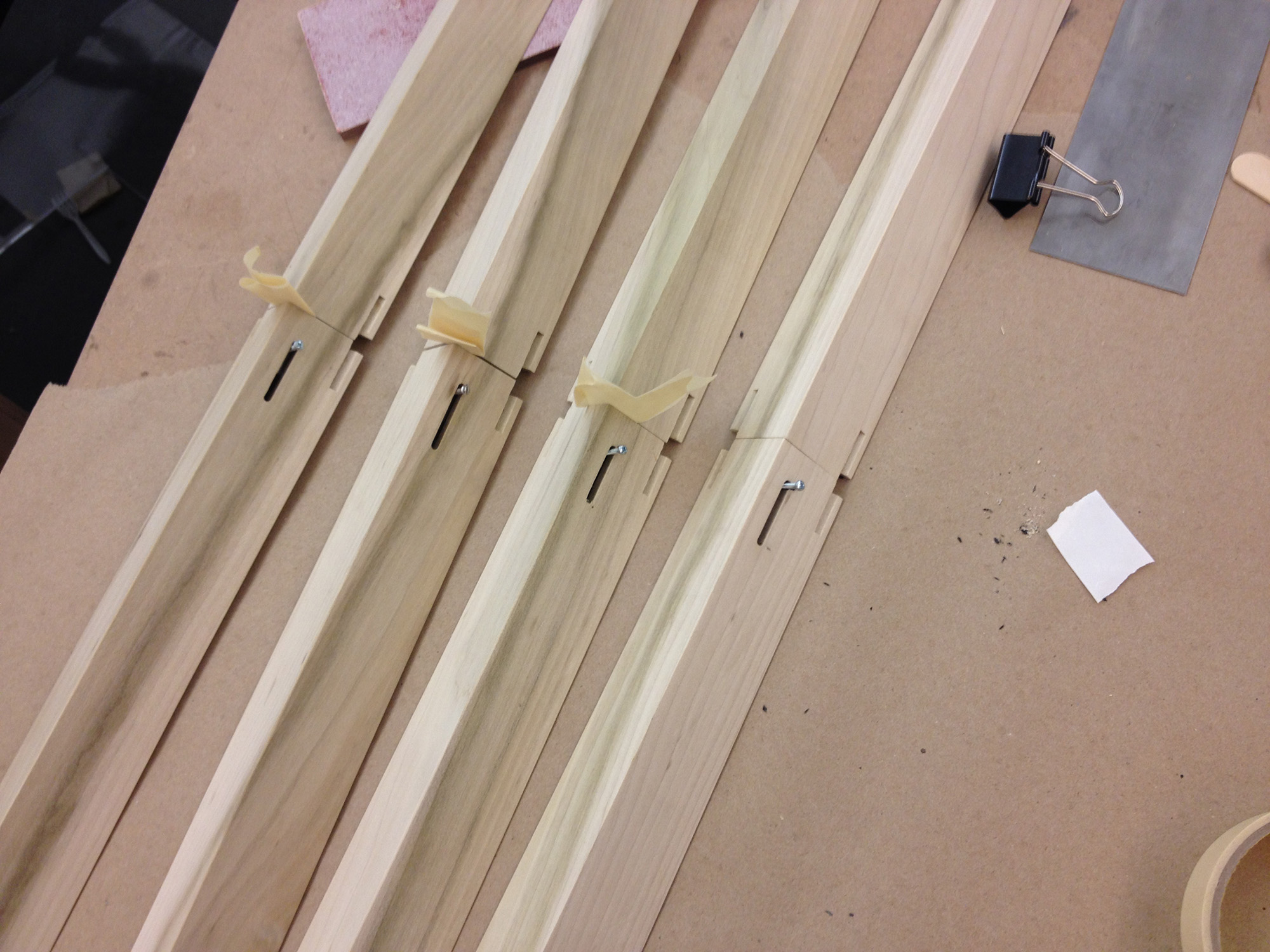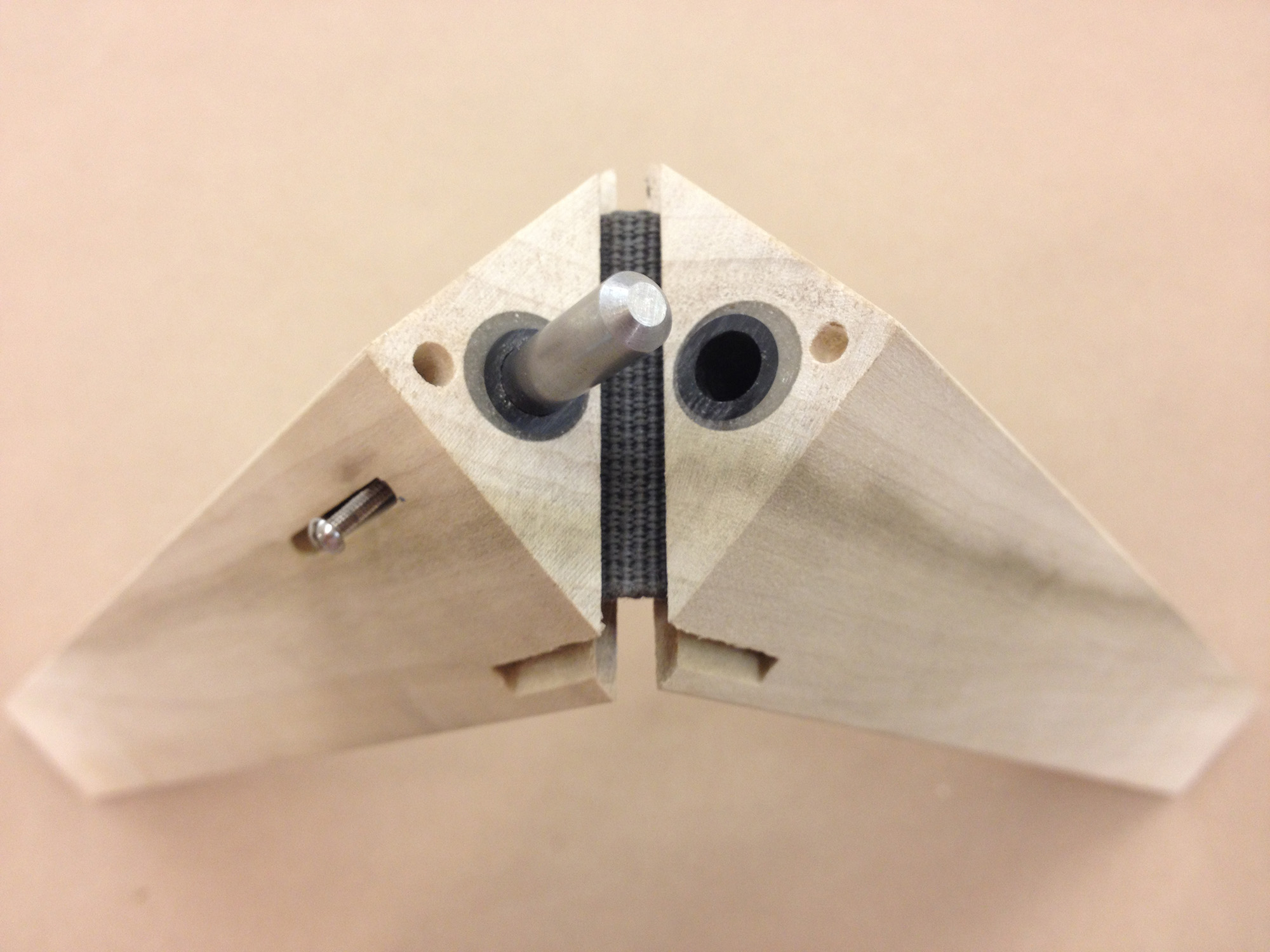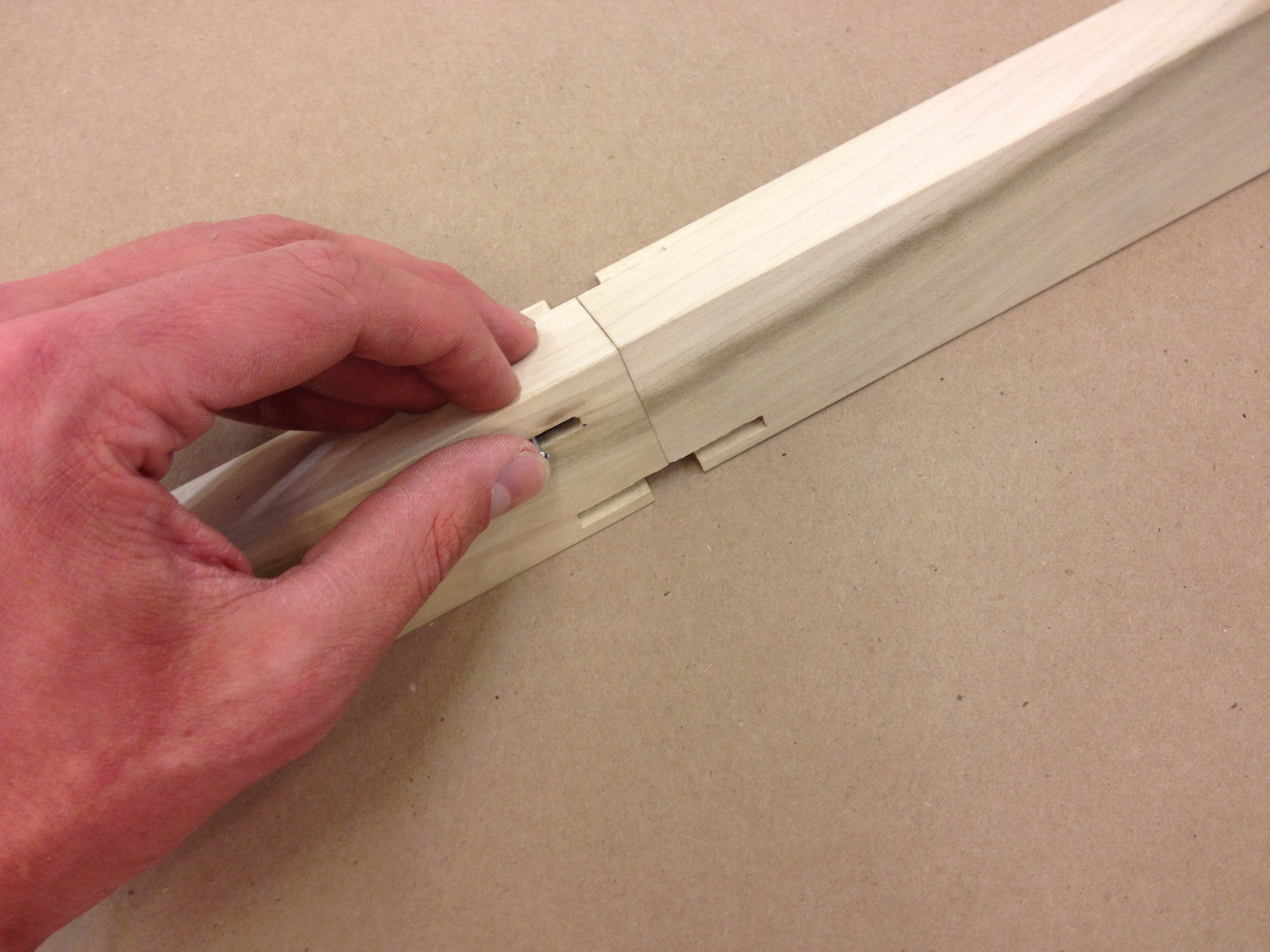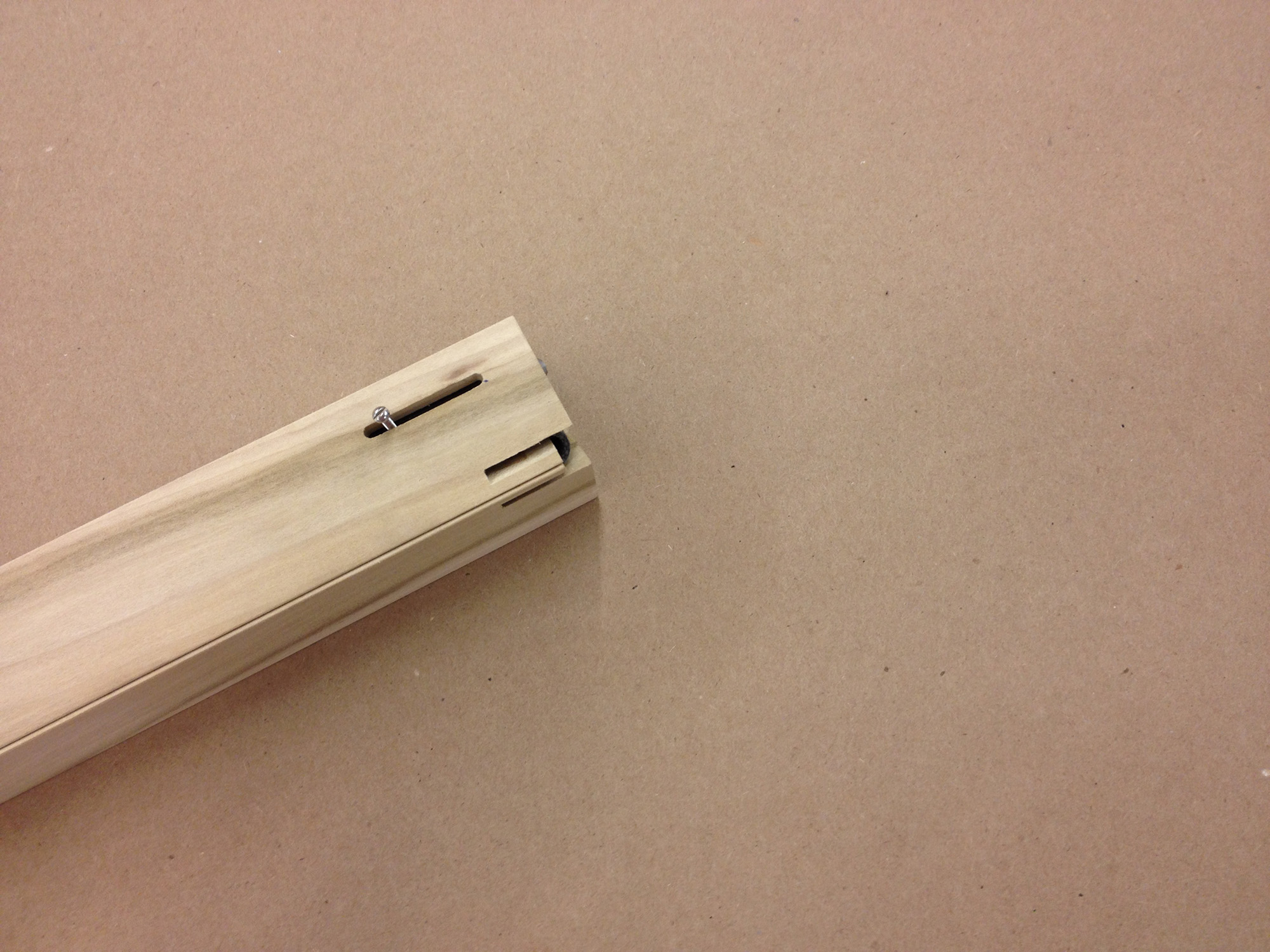Modular Furniture System
The world's population is currently over 7 billion and it is projected to reach 9.6 billion by the year 2050. As the number of people continues to grow many major cities are plagued by overcrowding and living spaces have begun to shrink.
The goal of this project was to design and build a furniture system that could easily be adapted by the user to perform a wide range of functions and help them use their living space efficiently.
After exhaustive user research, prototyping, and testing I developed a modular panel that can be connected to other panels to create surfaces of different sizes and different heights. The result is a product that can be transformed into a chair, dinning table, coffee table, bench, bed, or be folded up and packed away.
The initial vision for the product was to have automated blocks permanently installed in the floor of a room that could be raised to different heights in order to create virtually any living environment. These configurations could also be programmed into a user interface that would allow the user to transition quickly between configurations.
Through interviewing potential users about their living spaces and daily activities I was able to identify a number of popular furniture configurations.
The solution that I came up with was a modular panel that could lock together with other panels to create larger surfaces. Each panel would have four legs that could be extended to two different lengths. One height would allow the user to make a chair, stool, coffee table, or bed while the second height could be used to make dinning tables or desks.

